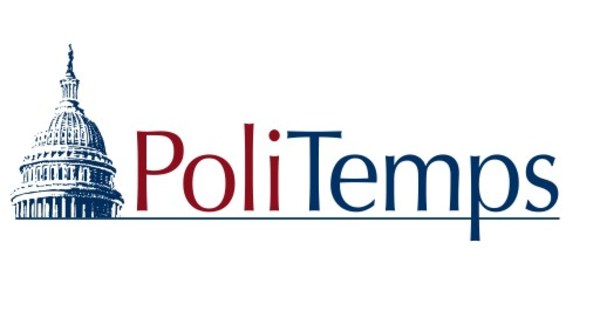When looking for a job, a number of factors can work against you. When you’re turned away from a job you’re looking for because you’re told you’re “overqualified,” it might sound flattering at first, but it’s probably not what you want to hear. But does being called overqualified prevent you from getting the job? According to a new study from the Rady School of Management at the University of California, San Diego, it may depend on your gender.
A new paper Posted in Organizational sciences reveals that hiring managers are suspicious of the motivations of overqualified male candidates; they are seen as “flight risks” and ignored lest they drop out for better opportunities. But overqualified women are more likely to be hired despite their excessive qualifications. Hiring managers make assumptions about overqualified women that reduce concerns about flight risk; for example, they may assume that overqualified women leave their previous jobs because of gender discrimination.
“Our research suggests that overqualified women and sufficiently qualified men will tend to be hired for the same jobs and ranks,” said Elizabeth L. Campbell, assistant professor of management at the Rady School and lead author of the study. “This means that female employees will be systematically more qualified than males in the same role. Generally speaking, this means that women do not get the same return on investment for their qualifications as men and that women are likely to end up in jobs below their level of qualification, compared to men. It also suggests that companies are not hiring women for positions that make full use of their expertise and experience, which is not good for long-term company performance.
While conducting research for the article “He’s Overqualified, She’s Highly Committed: Qualification Signals and Gendered Assumptions about Job Candidate Commitment”, Campbell and co-author Oliver Hahl of Carnegie Mellon University’s Tepper School of Business designed experiments to make comparisons between equivalent candidates. Candidate qualifications have been adjusted in terms of work experience and current rank. This creates two types of candidates: the “sufficiently qualified candidate”, with only the necessary qualifications, and the “overqualified candidate”, with more skills, experience and other qualifications beyond what the position requires. Hiring managers assessed candidates’ profiles and assessed their suitability for a vacant position. The profiles of sufficiently qualified and overqualified applicants were identical except for a stereotypical male or female first name.
“Non-gendered names and non-binary candidates were not incorporated into this study design to reduce the complexity of this initial experimental examination, although this is an important direction for future research,” Campbell said.
Campbell and Hahl’s study focuses on how hiring managers assess candidates. “Research shows that job candidates are evaluated on two main dimensions: their skills and qualifications and their commitment to applying those skills for the benefit of the company,” Campbell said. “Companies want to hire candidates who are highly skilled and likely to succeed in the role. But companies also want candidates who will be committed to helping the company succeed over the long term.
But hiring managers don’t have all the information they need or want when evaluating candidates. “Hiring managers make inferences about candidate ability and commitment based on limited information,” Campbell said. “An overqualified candidate might check the capability box, but it’s not as obvious to hiring managers if they check the commitment box. This prompts them to think about motivations and we find evidence that the assumptions they make about applicants’ motivations differ by gender.
When making decisions in uncertain situations, people tend to fall back on unconscious biases and stereotypes without realizing it. Hiring managers are no different. “Our article focuses on understanding the job candidate assessment process and how it is influenced by gender bias,” Campbell said.
The finding that surprised the researchers was the difference between how hiring managers rationalize decisions to hire overqualified women but not overqualified men.
“Hiring managers thought overqualified men would feel ‘too good for the job’ and leave as soon as something better came along,” Campbell said. “But they didn’t have this concern with overqualified women for two reasons. First, they fell back on gender stereotypes that women valued relationships more, allaying concerns about flight risk. Second, they rationalized the motivation of overqualified women and assumed that they would be willing to take a relatively lower position in a new company because they are trying to leave a company that has unfair barriers to their advancement.
These results suggest that organizational initiatives focused on raising awareness of gender discrimination may not be sufficient to eliminate gender bias from hiring decisions.
“Our evidence shows that hiring managers had in mind women’s possible experiences of discrimination,” Campbell said. “And yet, we still observe that overqualified women and sufficiently qualified men are likely to be hired for the same jobs. This means that inequality is perpetuated despite being at the forefront of some people’s minds.
The authors conclude that systemic changes to hiring processes may be needed to mitigate the effects of gender bias in hiring.
“We find that women are required to have more qualifications than are needed for a job, which is consistent with evidence documenting women’s relatively slower rise in the organizational hierarchy compared to men.”
– This press release was originally published on the University of California – San Diego website




